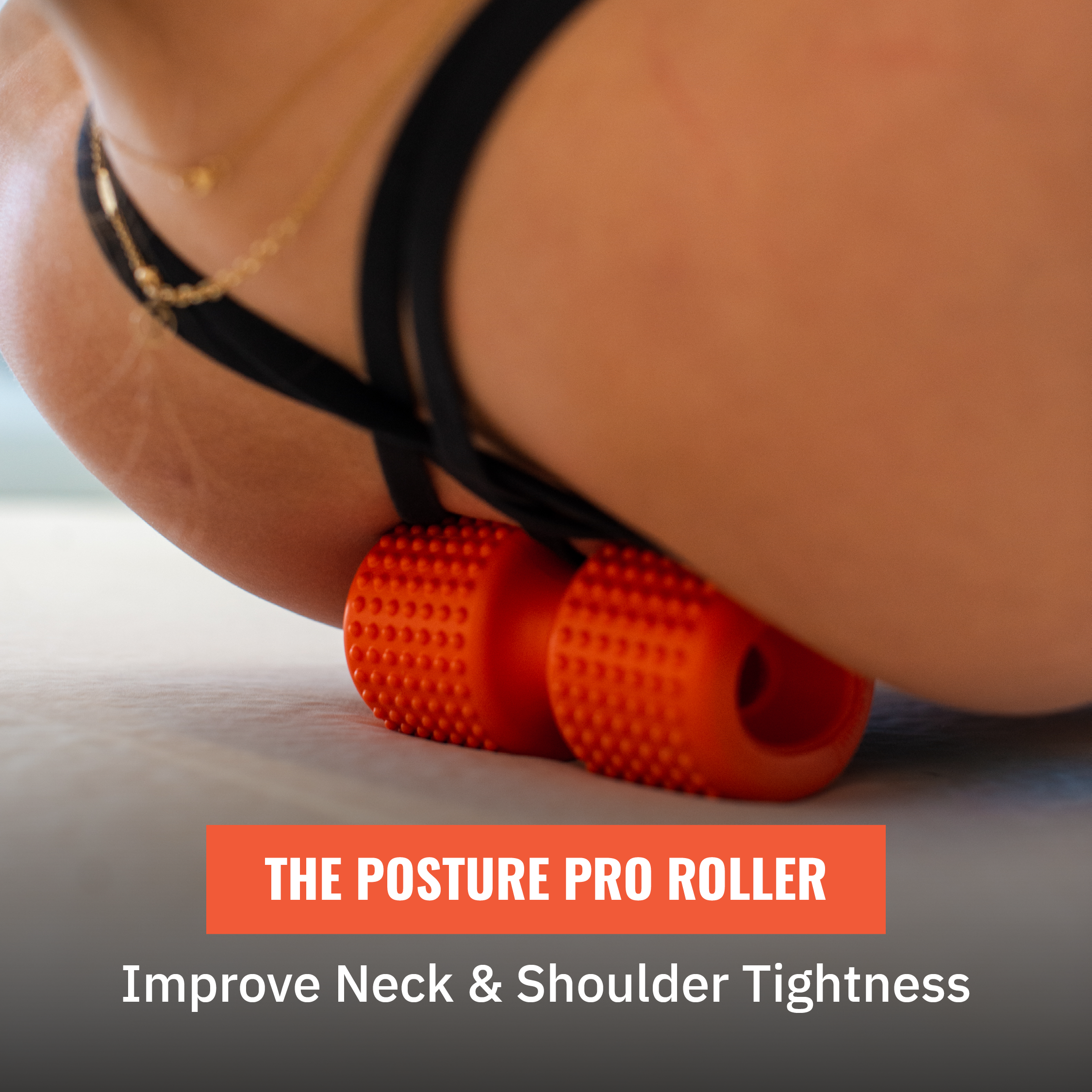How Do I Get Better Faster?
Undergoing surgery can be a daunting experience, but the road to recovery can be smoother if you're well-prepared and follow the right steps. Whether you're having a minor procedure or a major surgery, here are some essential post-surgery recovery tips to help you get back on your feet faster.
Preparing for Surgery:
Be as Good as You Can Be
Before the surgery even takes place, it's crucial to optimise your physical condition. Focus on improving your strength, range of motion, and mobility. Engaging in gentle exercises and stretching routines recommended by your healthcare provider can help. Being in the best possible shape before surgery can often lead to a quicker recovery afterward.
Using a range of Lockeroom products to maintain your strength and range of motion can make a world of difference to your recovery.
Using an Icemate with compression early post-injury will significantly reduce pain and swelling. This enables early mobilisation and maintenance of strength and ranges of motion.
When surgery is planned, keeping the affected joints (and joints above and below) well conditioned prior to surgery is essential for post-surgery recovery. For example, rehab programs for injuries to the knee often include simple mini band exercises for the hip and ankle to maintain strength. Keeping your core muscles strong with a Posture Pro Dome will also be important.
For an injured knee, depending on the injury, you may need to loosen a tight lateral quad/ITB with a Footeez or stretch your calf/hamstring using a stretchband.
After Surgery: Follow Doctor's Instructions
Immediately after surgery, adhere to your doctor's instructions regarding the post-operative plan. Rest is paramount during this stage. You may be given a splint and ice compress to reduce swelling and manage pain. Allowing your wounds to heal without disruption is crucial for a successful recovery.
Don't Stay Inactive for Too Long
While rest is essential, prolonged inactivity can lead to stiff joints and muscle weakness. Moving and bearing weight, as prescribed by your healthcare provider, are often vital components of the recovery process. Movement can stimulate circulation, promote healing, and even trigger the release of endorphins – natural pain blockers that can improve your overall well-being.
Seek Allied Health Support
Consider seeking support from an experienced allied health practitioner specialising in your specific medical condition. They can provide valuable guidance and therapies that complement your recovery plan.
Evaluate and Adjust
If you find that your recovery plan isn't working as expected, it's essential to communicate with your healthcare team. In many cases, it's not about what you are doing but what you are not doing that may be hindering your progress. They can help you make necessary adjustments to your plan.
Regain Strength, Mobility, and Balance
Ultimately, the key to a swift recovery is regaining your strength, mobility, and balance. Work closely with your healthcare team and stay committed to your rehabilitation exercises to ensure you achieve these milestones.
Similarly to pre-operation, based upon the nature of your surgery and doctor’s instructions, keeping adjacent joints mobile and activated early post-op will assist in later recovery. Using the knee example above, recommence simple glute, core and ankle mobility as soon as possible. Additionally, for those Non-Weight-Bearing i.e. on crutches, using a Pocket Physio on your weight bearing leg (Glutes ,TFL) the one doing all the work will help stop it getting really tight; a common complaint in NWB post op patients.
Post-surgery recovery can be challenging, but with the right preparation and commitment to your recovery plan, you can speed up the process and return to a healthier, more active life. Always consult with your healthcare provider for personalised guidance and support during your recovery journey.



